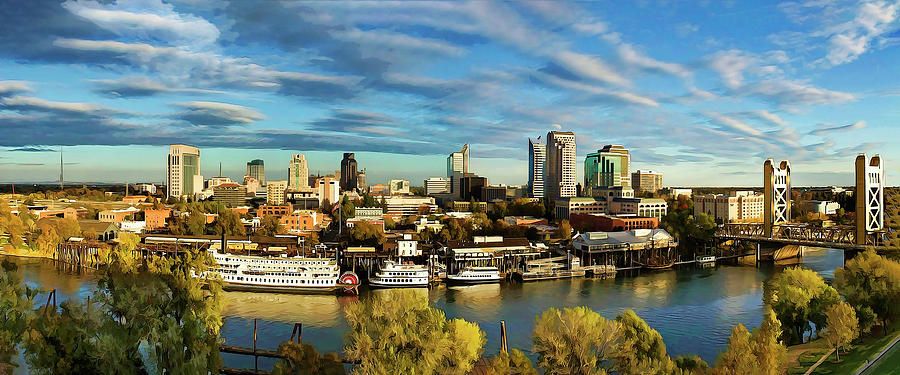Identify new sources of revenue
As tax revenues and state transfers fall due to the economic downturn brought on by COVID-19, cities must look for new sources of revenues to plug budget gaps, which can come from a variety of places: federal programs, new taxes or fees, or targeted policies that boost the local economy.
ASSESSMENT
Some questions to guide your thinking
- What federal programs are available for your city?
- What new revenue sources can the city implement using its existing authority?
- What policies can the city implement to maintain or raise revenues?
Reading
Proposing new taxes strategically
Government Finance Officers Association (GFOA) 30 minutes
What can local governments do to ensure that proposed new taxes succeed politically? This guide suggests engaging residents to define where new revenue needs exist, linking taxes to services that residents value, and building a network of supporters.
- Every idea contains a checklist with actionable insights to put into practice.
- Case studies from local governments in Florida, Oklahoma, and Missouri (among other states) are included.
Reading
Enhancing revenue sources
Government Finance Officers Association (GFOA) 5 minutes
This reading discusses various options to enhance revenues in a short time frame.
- Relevant information is on pages 17-19.
Resource
Applying for recovery assistance from the Economic Development Agency (EDA)
Economic Development Agency (EDA)
The federal CARES Act provides the Economic Development Administration (EDA) with $1.5 billion for economic development assistance programs. This resource provides a program overview.
Reading
Proposing new taxes strategically
What can local governments do to ensure that proposed new taxes succeed politically?…
Reading
Enhancing revenue sources
This reading discusses various options to enhance revenues in a short time frame.
Resource
Applying for recovery assistance from the Economic Development Agency (EDA)
The federal CARES Act provides the Economic Development Administration (EDA) with …
